As a pioneering R&D and manufacturing company specializing in security surveillance solutions, Hector Weyl has consistently focused on advancing core imaging technologies to redefine performance in complex scenarios. Among these, CMOS (Complementary Metal-Oxide-Semiconductor) image sensors have emerged as the fundamental component of modern security cameras, effectively replacing traditional CCD (Charge-Coupled Device) sensors to meet increasing demands for high-definition imaging, superior low-light capability, and embedded intelligence.
This article explores key structural innovations, new application horizons, and essential performance metrics of CMOS sensors, illustrating how Hector Weyl incorporates these advances into next-generation security solutions.
1. From CCD to CMOS: The Rise to Dominance
Early CMOS sensors were challenged by high noise levels and poor clarity under dim lighting, resulting in inferior image quality compared to CCDs. However, CCD technology itself was limited by slow readout speeds—a critical drawback for high-resolution video surveillance requiring real-time capture.
Ongoing innovation has dramatically enhanced CMOS sensors through structural improvements, expanded dynamic range, higher signal-to-noise ratio (SNR), exceptional low-light performance, and integrated intelligence. Today, CMOS has unequivocally superseded CCDs as the standard across security, mobile, and industrial imaging sectors—aligning seamlessly with Hector Weyl’s commitment to delivering fast, clear, and dependable surveillance systems.
2. CMOS Sensor Structures: Bionic Inspiration and Engineering Advances
CMOS sensor design takes inspiration from the biology of the human eye—a philosophy that also guides Hector Weyl’s approach to optimizing real-world security imaging. Below we outline major structural developments:
2.1 Front-Side Illumination (FSI): A “Human Eye” Analog
The human retina, with nerve fibers and blood vessels layered above photoreceptor cells, closely mirrors the structure of FSI CMOS sensors.
In an FSI sensor, layers are arranged (top to bottom) as:
-
Micro-lens (focuses light)
-
Color Filter (separates RGB wavelengths)
-
Wiring Layers (metal interconnects for signal transfer)
-
Photodiodes (convert light to electrical signals)
Light must pass through the wiring layers before reaching the photodiodes, which causes partial obstruction and reflection. This reduces effective light absorption and may introduce color crosstalk, impairing low-light response.
Nevertheless, FSI remains relevant due to its straightforward fabrication process and high production yield. For larger sensors (e.g., those in DSLRs), light loss is less significant. Hector Weyl utilizes FSI in certain security cameras where size is not limiting and cost efficiency is prioritized. 
2.2 Back-Side Illumination (BSI): Revolutionizing Low-Light Imaging
BSI CMOS addresses the limitations of FSI by inverting the layer order: photodiodes are positioned above the wiring layers. The revised stack is:
Micro-lens → Color Filter → Photodiodes → Wiring Layers

This allows light to reach the photodiodes directly, significantly improving photon collection efficiency. For security cameras—a core product category for Hector Weyl—BSI delivers sharp imagery in challenging light conditions (e.g., nighttime or indoor settings) and supports compact form factors essential for discrete or space-limited installations.
2.3 Stacked CMOS: Performance and Miniaturization
Conventional CMOS sensors use a single silicon substrate for both pixel arrays (typically using a 65nm process) and circuitry (which benefits from a finer 30nm process). This integration imposes compromises:
-
A single fabrication process cannot optimize both domains.
-
The annealing process (used to repair silicon damage) can generate heat that distorts circuit elements.
Stacked CMOS resolves these issues by separating the pixel and circuit sections into two distinct chips: -
Pixel Chip: Fabricated with a 65nm process and individually annealed for maximum sensitivity.
-
Circuit Chip: Built with a 30nm process for high-speed data processing.
The two are then bonded vertically, combining BSI-level low-light performance with advanced functionalities such as hardware-based HDR and slow-motion capture. For Hector Weyl’s security systems, stacked CMOS enables: -
Reduced sensor size (suited for compact dome cameras).
-
Larger pixels within the same area, enhancing light capture.
-
Accelerated on-sensor processing, crucial for real-time motion detection.
2.4 Dual-Layer Transistor Pixel Stacking: Sony’s Breakthrough (Adopted by Hector Weyl)
In 2021, Sony introduced a transformative architecture that stacks photodiodes (which convert light to electricity) and pixel transistors (which control signals) in separate layers—departing from the conventional planar layout.
This separation permits independent optimization:
-
Photodiodes: Double the saturation signal capacity, substantially increasing dynamic range to prevent over- or under-exposure in high-contrast settings.
-
Transistors: Larger amplifier transistors suppress noise in low-light environments, such as nighttime parking lot surveillance.
Hector Weyl incorporates this technology into its high-end security cameras to ensure consistent image quality across extreme lighting conditions—from direct sunlight to near-total darkness.
3. Emerging Applications: Beyond Conventional Security
While security remains central to Hector Weyl’s mission, CMOS sensors are enabling expansion into new high-growth areas, creating opportunities for integrated intelligent systems.
3.1 Time-of-Flight (ToF) Sensors
ToF sensors measure the time or phase difference of reflected light to calculate distance, producing high-precision 3D imagery. Hector Weyl is exploring ToF for:
-
Industrial security: 3D object recognition in warehouses (e.g., detecting unauthorized items).
-
Smart surveillance: Gesture-based camera control or 3D perimeter mapping.

3.2 Automotive-Grade CMOS Sensors
For interconnected security environments (e.g., parking lot surveillance integrated with vehicle systems), Hector Weyl employs automotive CMOS features including:
-
LED Flicker Mitigation: Prevents distortion when imaging LED traffic lights or signs.
-
Multi-Sensor Fusion: Combines camera data with LiDAR/radar for reliable object detection in fog, rain, or backlight conditions.
3.3 Polarized and SWIR/UV Sensors
-
Polarized Sensors: Minimize glare from reflective surfaces like water or glass, ideal for monitoring storefronts or pools.
-
SWIR (Short-Wavelength Infrared): Detects moisture (e.g., water leaks in infrastructure) or penetrates silicon substrates (for semiconductor fab security).
-
UV (Ultraviolet): Identifies invisible defects (e.g., micro-scratches on security glass) or corona discharge from failing electrical components.

3.4 AI-Integrated CMOS Sensors
Hector Weyl emphasizes edge AI integration within sensors to improve security operational efficiency:
-
On-sensor DSP (Digital Signal Processing) and stored AI models allow real-time data filtering (e.g., transmitting only footage containing motion).
-
This reduces cloud dependency, decreases latency, enhances privacy by avoiding raw data transmission, and lowers power consumption—making it ideal for remote monitoring applications.
4. Key Performance Metrics for Security CMOS Sensors
Hector Weyl assesses sensors based on the following criteria essential for surveillance applications:
| Metric | Definition & Relevance to Security |
|---|---|
| Sensitivity (mV/lux·s) | Measures conversion efficiency from light to signal; higher values improve low-light clarity. |
| Quantum Efficiency (QE) | Proportion of photons converted to electrons; higher QE enhances low-light response. |
| NIR Sensitivity | Responsiveness in 850–940 nm range; enables invisible night vision illumination. |
| Wide Dynamic Range (WDR) | Preserves detail in both bright and dark regions (e.g., backlit entryways). |
| Global Shutter | Captures fast-moving objects without motion distortion. |
| SNR (Signal-to-Noise Ratio) | Reduces noise in dark environments; essential for nighttime identification. |
| Dark Current | Minimizes noise in total darkness; prevents false alerts from stray signals. |
5. Hector Weyl’s Vision for CMOS Innovation
As CMOS technology continues to evolve, Hector Weyl is dedicated to adapting these developments to address specific security challenges—from miniaturized BSI sensors for covert cameras to AI-enhanced stacked sensors for smart city infrastructures. Our objective is to transform leading-edge CMOS innovations into practical security solutions that ensure safety for people, assets, and environments—both today and in the future.
Stay connected for further updates on how we continue to advance the frontiers of security imaging technology.


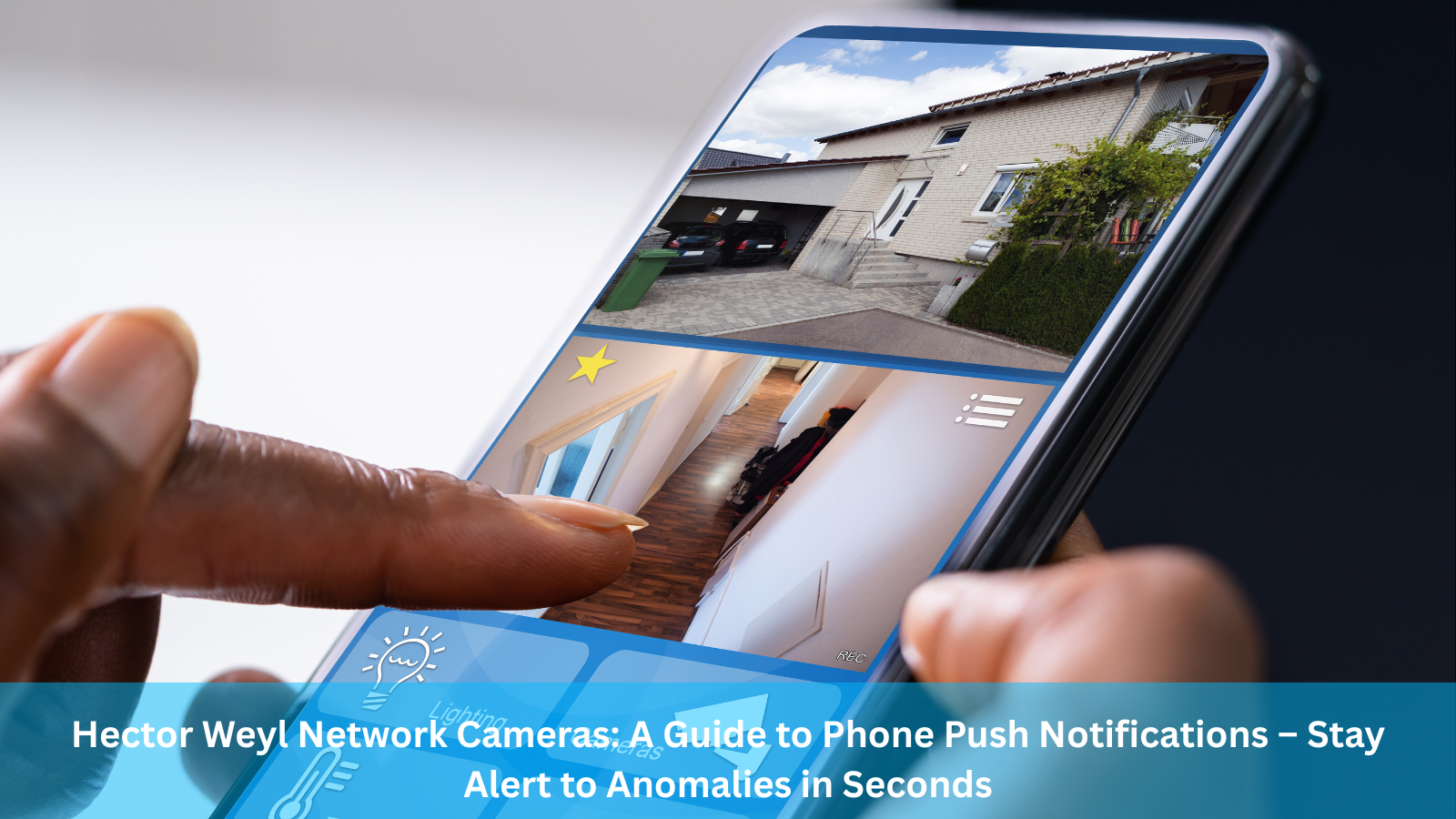

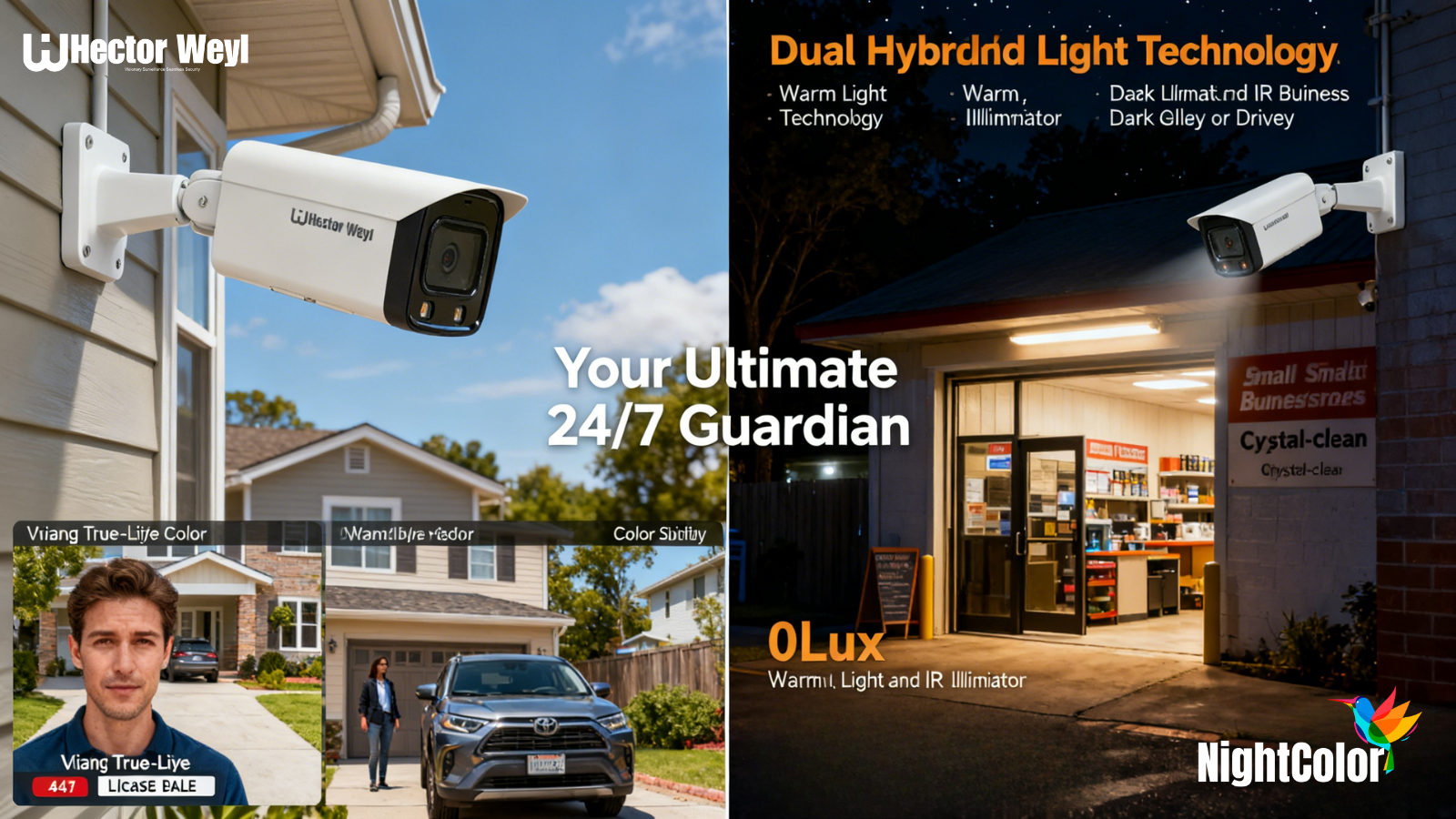
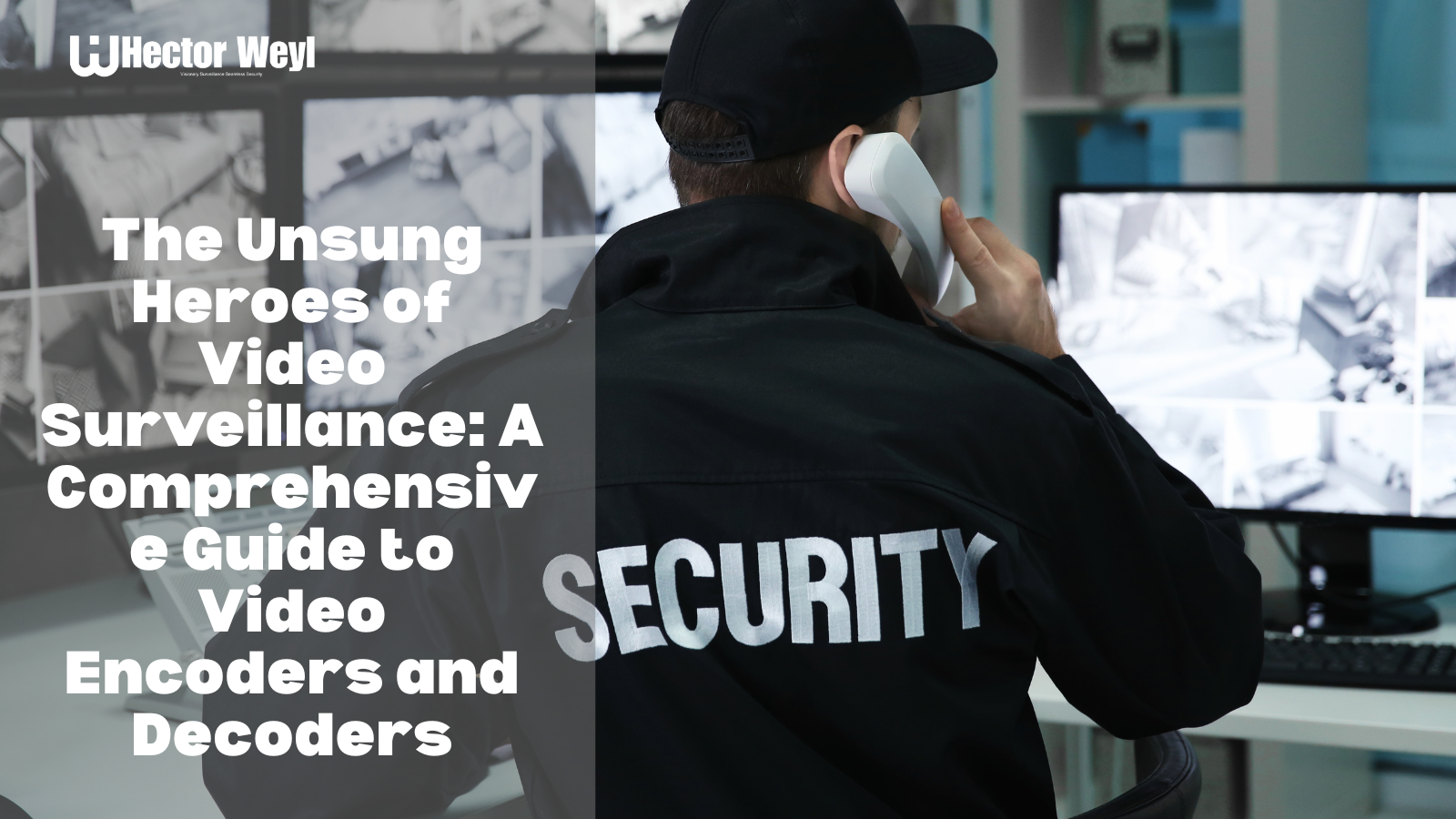
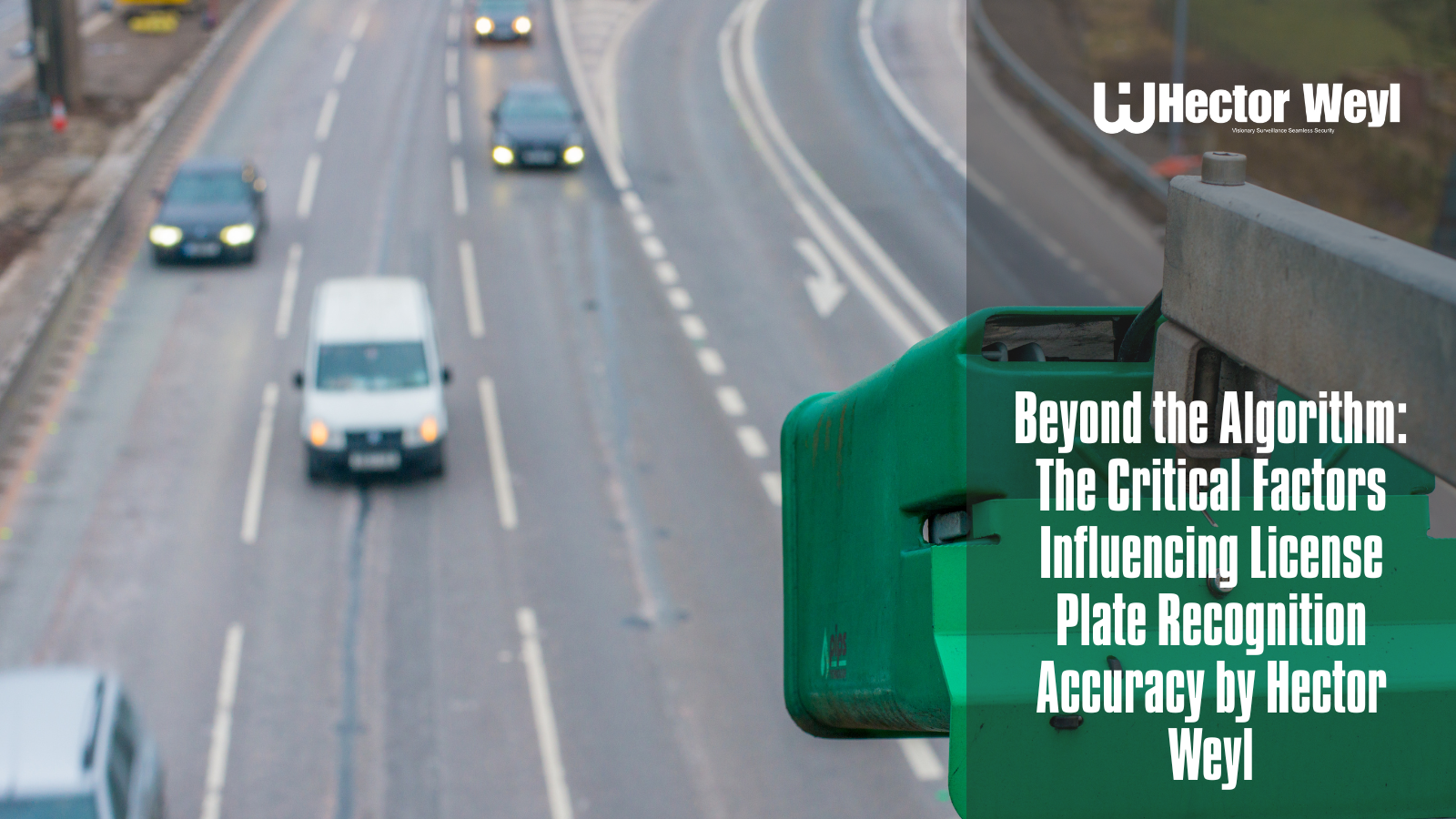
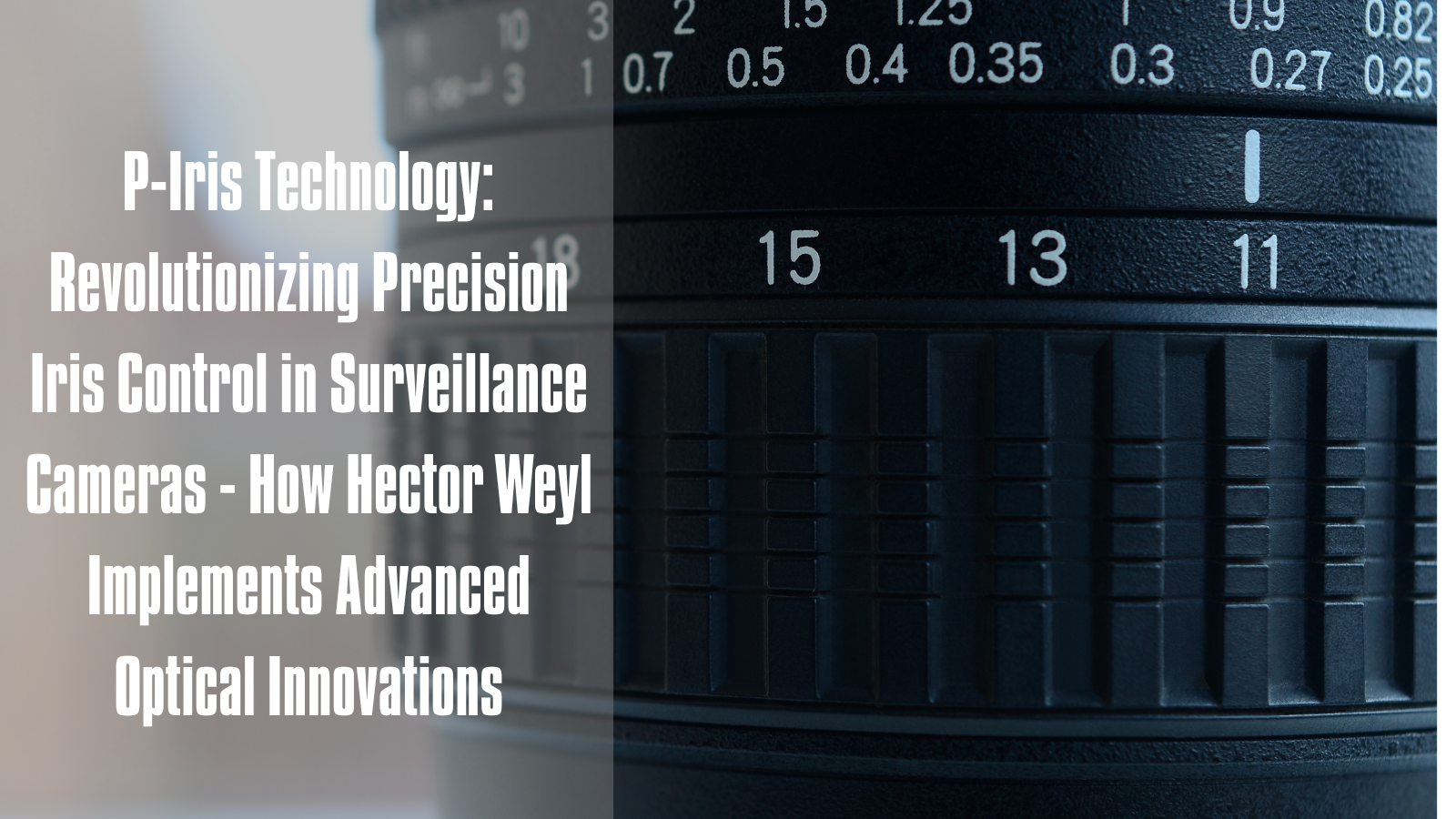

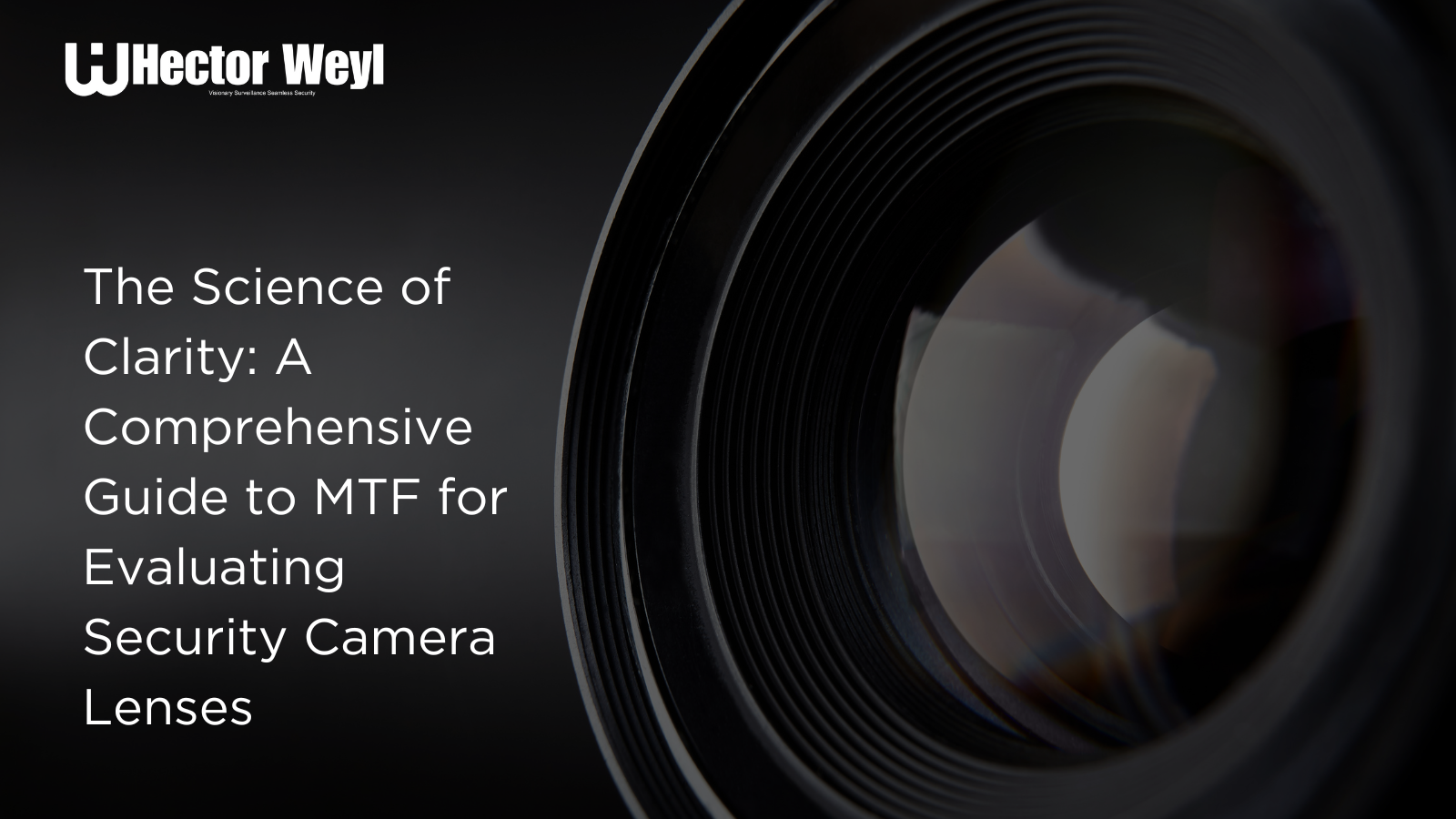
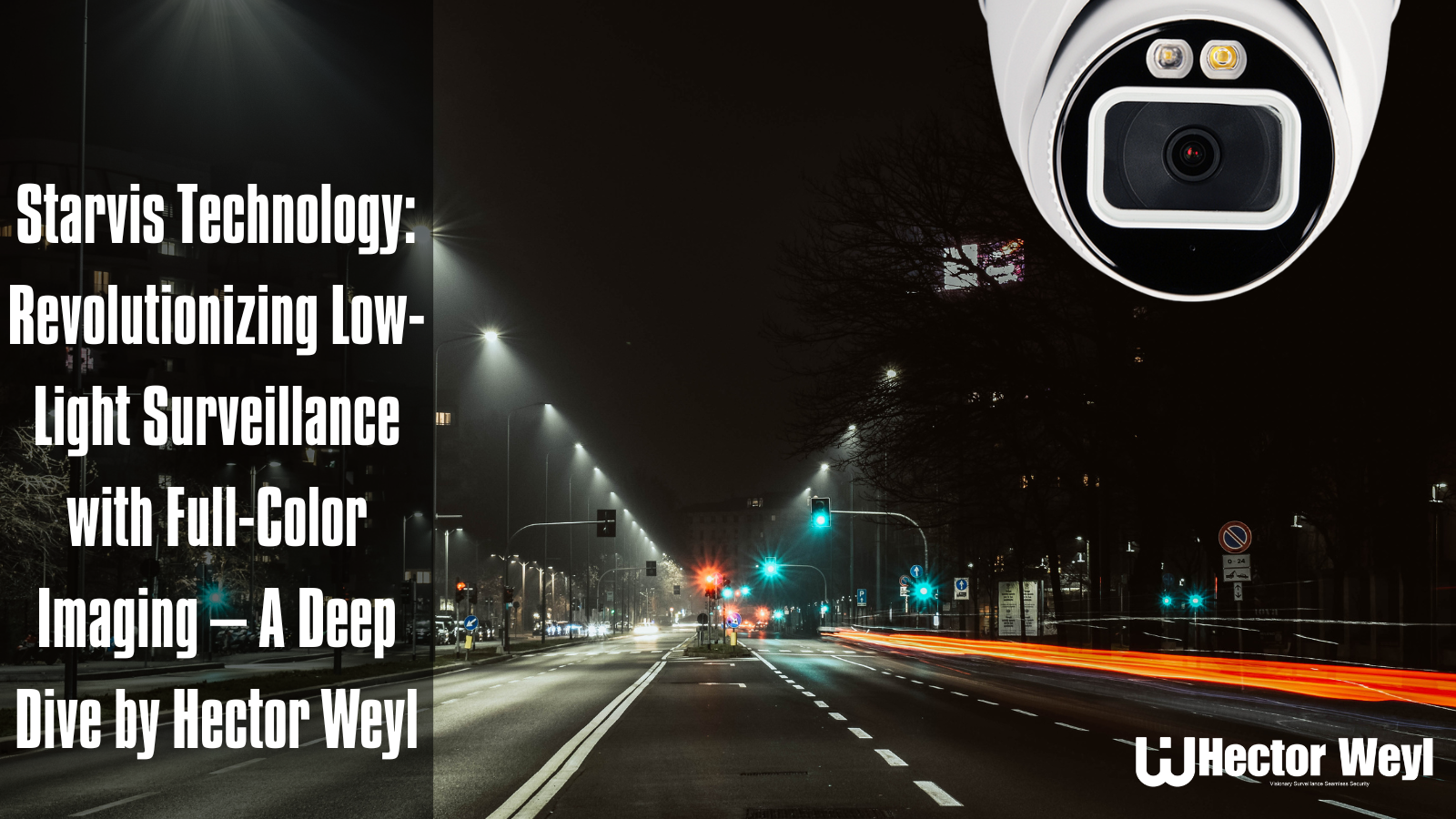

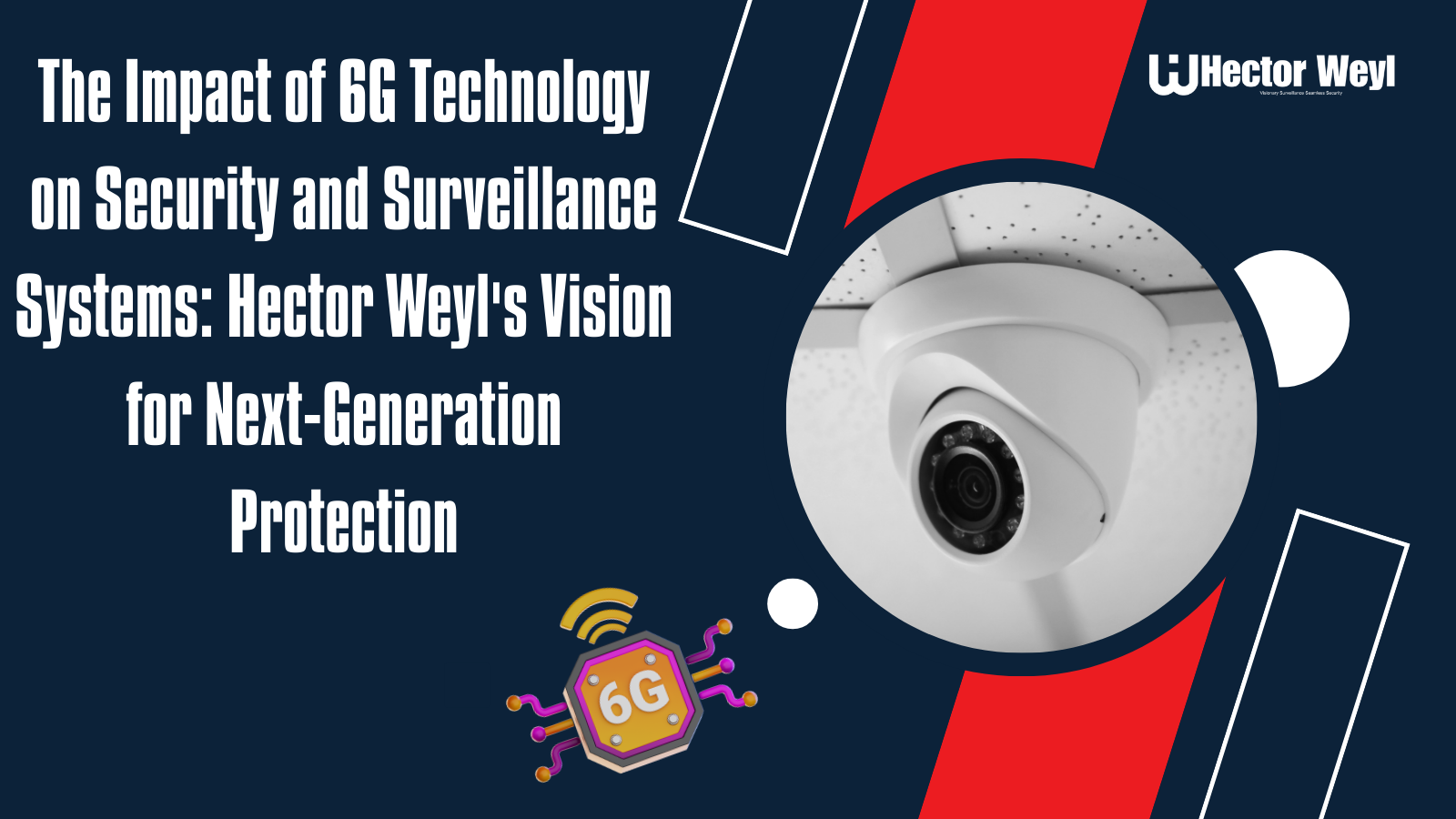

Share:
Mastering Wide Dynamic Range (WDR) Technology for Optimal Surveillance with Hector Weyl Cameras
The Complete Guide to Face Recognition Technology: Standards, Deployment, and Innovation by Hector Weyl